Fluid Dynamics and Disease: Drops and Bubbles and Health Projects
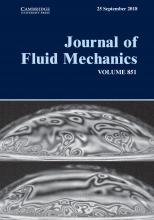 |
Water-to-air transfer: Bubbles at the interface |
Bubbles are ubiquitous in industrial and environmental processes, indoors and outdoors, and have an important impact on a wide range of systems. They can be beneficial in mixing bulk water, they contribute significantly to the planetary-scale transfer of chemical and organic compounds from water bodies to the atmosphere and they are also a source of illness and contamination. Upon reaching the air–water interface, bubbles can be the source of hundreds of droplets transporting the organisms, chemicals or particles from the bulk in which they traveled to the air that we breathe. An... more |
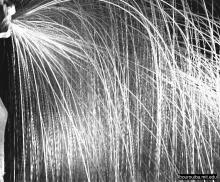 |
Surface-tension phenomena in organismal biology: human |
Flows driven by surface tension are both ubiquitous and diverse, involving the drinking of birds and bees, the flow of xylem in plants, the impact of raindrops on animals, respiration in humans, and the transmission of diseases in plants and animals, including humans. The fundamental physical principles underlying such flows provide a unifying framework to interpret the adaptations of the microorganisms, animals, and plants that rely upon them. The symposium on ‘‘Surface-Tension Phenomena in Organismal Biology’’ assembled an interdisciplinary group of researchers to address a large... more |
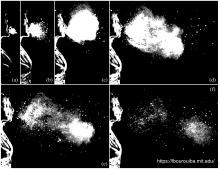 |
Violent Expirations: importance of the turbulent multiphase flow |
Violent respiratory events such as coughs and sneezes play a key role in transferring respiratory diseases between infectious and susceptible individuals. We present the results of a combined experimental and theoretical investigation of the fluid dynamics of such violent expiratory events. Direct observation of sneezing and coughing events reveals that such flows are multiphase turbulent buoyant clouds with suspended droplets of various sizes. Our observations guide the development of an accompanying theoretical model of pathogen-bearing droplets interacting with a turbulent buoyant... more |
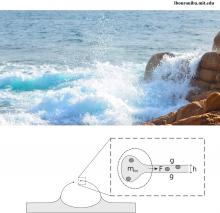 |
Interactions between bubbles and microorganisms |
Bubbles are ubiquitous in biological environments, emerging during the complex dynamics of waves breaking in the open oceans or being intentionally formed in bioreactors. From formation, through motion, until death, bubbles play a critical role in the oxygenation and mixing of natural and artificial ecosystems. However, their life is also greatly influenced by the environments in which they emerge. This interaction between bubbles and microorganisms is a subtle affair in which surface tension plays a critical role. Indeed, it shapes the role of bubbles in mixing or oxygenating... more |
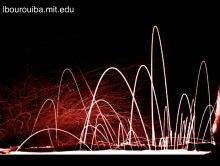 |
Fluid fragmentation from hospital toilets |
Hospital-acquired infections represent significant health and financial burdens to society. Clostridium difficile (C. difficile) is a particularly challenging bacteria with the potential to cause severe diarrhea and death. One mode of transmission for C. difficile, as well as other pathogens, which has received little attention is the potential air contamination by pathogen-bearing droplets emanating from toilets. In the fluid dynamics video submitted to the APS DFD Gallery of Fluid Motion 2013, we present flow visualizations via high-speed recordings showing the capture of the product of... more |
 |
Drops and bubbles in the environment |
Bubbles and drops are ubiquitous in nature and play critical roles in many important environmental processes. Most familiar is the life-sustaining role of rain. Less familiar are their roles in the thermal budget of the atmosphere and their role in pathogen dispersal. In this paper, we highlight new applications where drops and bubbles have important impacts on the environment and health arenas. The paper highlights the physical processes that enable the creation of drops and bubbles and the new challenges that they raise. Among them, we discuss, in particular, the role of drops and... more |
